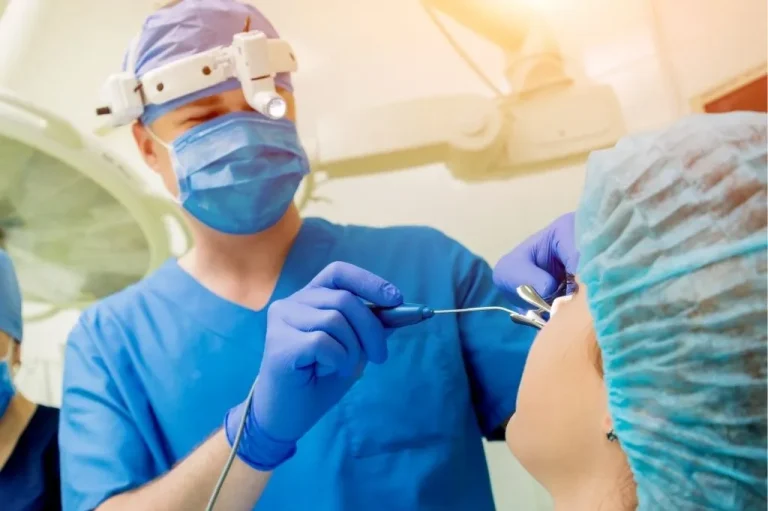Nose scope is medically referred to the procedure as nasal endoscopy. It is a diagnostic tool that healthcare providers or ENT specialists use to examine the nasal passage and sinus openings. This helps health specialists determine the root cause of an issue. It is a minimally invasive procedure where a thin, flexible tube with a light and camera is inserted into the nostril for a detailed view. However, if you are worried about its safety, let us know when and why the doctor recommended it.
Safety of Nasal Endoscopy
If you want to consider a safe procedure with minimal risk, then nasal endoscopy is highly recommended. It does not have any complications, unlike other medical interventions, which come with its own set of issues, such as chances of fainting, lightheadedness, nose bleeding, or even increased discomfort due to the use of decongestants. At the same time, nasal endoscopy can also have specific risks, which you must discuss with your health provider. Usually, the risk triggers are age and existing health conditions.
Indications for Nasal Endoscopy
Nasal endoscopy or nasal scope is not used every time, but rather, it depends on various factors or health conditions that need to be monitored at the root level, such as:
- If you are suffering from persistent nasal obstruction, inflammation, or infection of the nasal passage and sinuses.
- If you are suffering from recurring headaches and facial pain, this technique determines whether the sinus contributes to the issue.
- If you are facing chronic nose bleeding, a nasal endoscopy is prescribed to locate the source. Also, natural structures are prominently examined if there is a loss of sense of smell.
- There are certain rare cases where spinal fluid leaks into the nasal passage, where nasal endoscopy is an important determining tool.
- It can also be used to obtain tissue samples for biopsy or to remove foreign objects within the natural passage.
Procedure
Nasal endoscopy is usually performed in an outpatient setting as it requires minimum preparation. When the procedure starts, the patient is seated, and topical anesthesia and decongestant are applied to the nasal passage. When the swelling reduces and the patient feels comfortable, an endoscope is inserted into one nostril, and the area is examined in detail. The same process is repeated for the other nostril, and tissue samples are collected for biopsy if required. The entire process usually takes a minute to complete.
Post-Procedure Considerations
After the nasal endoscopy, you might feel temporary numbness in the nose, mouth, and throat, so you must wait for the anesthesia to wear off, which usually takes 30 minutes. If you feel comfortable, you can resume your normal activities immediately; otherwise, you can take a rest. The doctor also advises not blowing the nose forcefully for a few hours, as this can induce nose bleeding.
Conclusion
After nasal endoscopy, if you feel any of the symptoms, such as fever or chills, you have to contact the health care specialist as soon as possible. If necessary, you might have to go through one or two follow-ups to determine if there are any chances of infection or complication.

